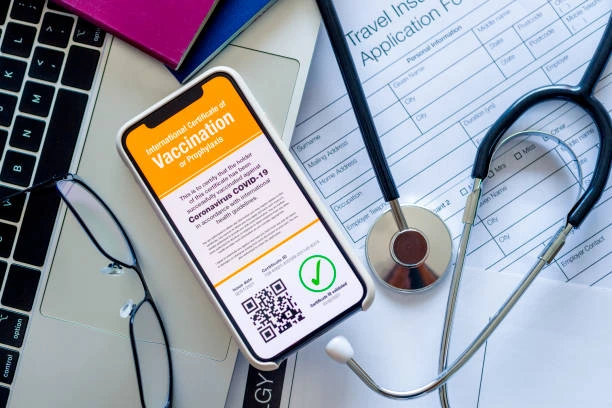Course Overview
Data Collection Tools for Monitoring & Evaluation Course provides participants with essential skills and knowledge to effectively design, implement, and utilize various data collection tools in Monitoring & Evaluation (M&E) frameworks. The course covers a range of qualitative and quantitative data collection methods, tools, and technologies, ensuring participants are equipped to gather accurate and relevant data to inform project decision-making and enhance the effectiveness of programs. Participants will also learn about ethical considerations, data management, and how to tailor data collection tools to specific M&E needs.
Course Duration
10 Days
Who Should Attend
- M&E professionals looking to enhance their data collection skills.
- Project managers and coordinators involved in M&E activities.
- Researchers and data analysts in development projects.
- Program officers and field staff responsible for collecting and reporting data.
- NGO staff working in program design, implementation, and evaluation.
- Government officials and consultants involved in M&E tasks.
Course Objectives
By the end of this course, participants will be able to:
- Understand the principles and importance of data collection in M&E processes.
- Identify and select appropriate data collection tools for various types of data.
- Design and customize data collection tools to suit specific M&E needs.
- Implement effective data collection strategies in the field.
- Ensure the reliability, validity, and ethical considerations of data collection.
- Manage and store collected data efficiently for analysis.
- Utilize digital tools and technologies for data collection.
- Analyze collected data to inform program decisions.
- Troubleshoot common challenges in data collection.
- Integrate data collection findings into comprehensive M&E reports.
Course Outline:
Module 1: Introduction to Data Collection in M&E
- The role of data in M&E
- Types of data (quantitative, qualitative)
- Data collection planning
Module 2: Surveys and Questionnaires
- Types of surveys (mail, telephone, online, face-to-face)
- Questionnaire design principles
- Survey sampling techniques
Module 3: Interviews and Focus Groups
- Types of interviews (structured, semi-structured, unstructured)
- Conducting effective interviews
- Facilitating focus group discussions
Module 4: Observations
- Types of observations (participant, non-participant)
- Observation techniques
- Developing observation checklists
Module 5: Document Review
- Types of documents (reports, records, policies)
- Document analysis techniques
- Assessing document reliability
Module 6: Mobile Data Collection
- Introduction to mobile data collection tools
- Designing mobile data collection forms
- Data synchronization and management
Module 7: Geographic Information Systems (GIS)
- Introduction to GIS for M&E
- Data collection using GPS
- Creating maps and spatial analysis
Module 8: Participatory Data Collection Methods
- Community-based monitoring and evaluation
- Participatory rural appraisal (PRA)
- Photovoice
Module 9: Data Quality Management
- Data validation and cleaning
- Data verification and auditing
- Data security and confidentiality
Module 10: Emerging Data Collection Technologies
- Social media monitoring for M&E
- Big data and M&E
- Ethical considerations in data collection
Customized Training
This training can be tailored to your institution needs and delivered at a location of your choice upon request.
Requirements
Participants need to be proficient in English.
Training Fee
The fee covers tuition, training materials, refreshments, lunch, and study visits. Participants are responsible for their own travel, visa, insurance, and personal expenses.
Certification
A certificate from Ideal Sense & Workplace Solutions is awarded upon successful completion.
Accommodation
Accommodation can be arranged upon request. Contact via email for reservations.
Payment
Payment should be made before the training starts, with proof of payment sent to outreach@idealsense.org.
For further inquiries, please contact us on details below:






